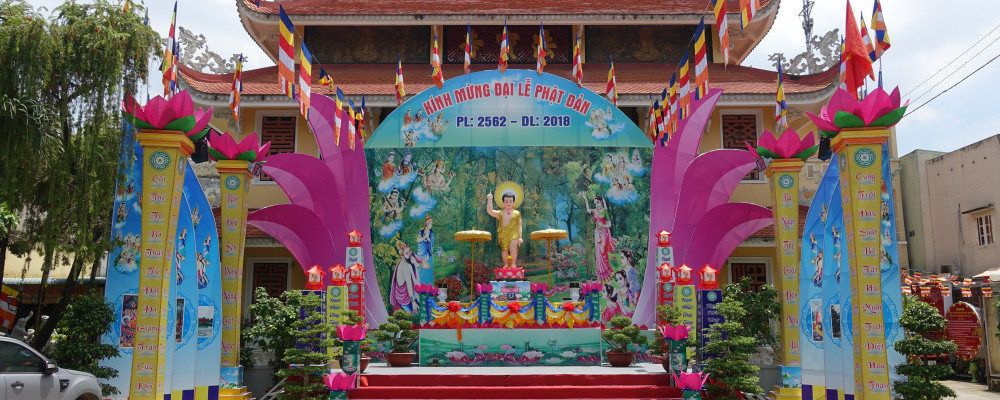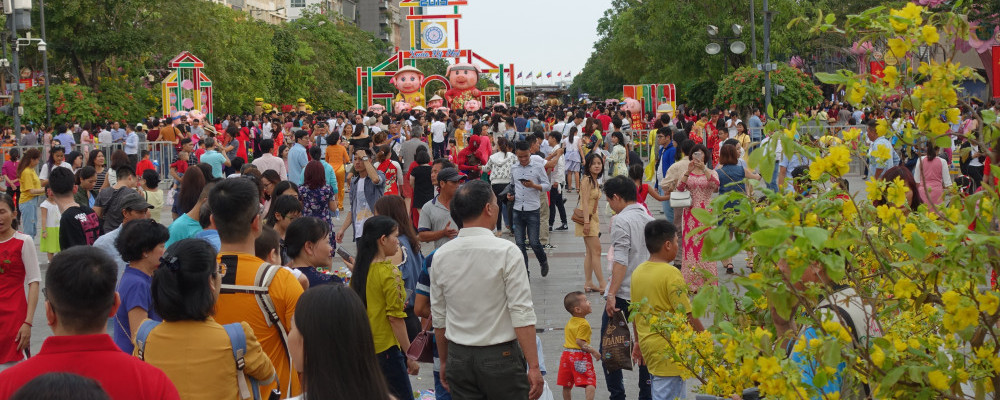Improve your students’ English Speaking Skills.
Many students can master the finer parts of English grammar but struggle when it comes to actually converse with native speakers. The only method to improve their speaking fluency is for them to do a lot of listening and then practice speaking.
Remember, listening is the foundation for speaking. And learning and teaching the listening skill is an important component in your students’ success in their ability to speak effectively.
Here are a few pointers on how to improve their English speaking abilities. But first, let us look at how the students feel.
Students concerns.
Why do students frequently cite listening and speaking as their primary concerns? Partly due to the demands of listening and speaking, and partly due to the manner in which speech is frequently taught.
It frequently includes language practice activities (discussions, information-gap tasks, and so on) or is used to drill a specific grammatical point.
Neither teaches real-world interaction patterns. So, how can we prepare students for real-world interaction in the classroom?
Real-Life Dialogue.
Many linguistic and ESL instructors now believe that students acquire a second language by “interacting.” This is best accomplished through communicative language instruction and collaborative learning.
The teaching of communicative language is based on real-life situations that necessitate communication. Students will be able to communicate with each other in the target language if this method is used in ESL classes.
In summary, ESL teachers should develop a classroom climate that promotes oral language through real-life dialogue, authentic activities, and meaningful work. When students work together in groups to achieve a goal or complete a task, this can happen.
Age and Level Relevant.
Before we get into the teaching tips, let us look at the level and age of the student we are teaching. As some ages and levels will not be able or understand some of the following practices.
For the younger learners, you will no doubt be using a book similar to “Family and Friends” This is text-based with a CD or downloadable audio file. They come with “Flashcards” which make the understanding of a new word a lot easier with a visual representation of the word being taught.
Mix it up for the younger learner with games and other material with both online and paper-based resources.
You can find a lot of material to help in my post “Top ten ESL websites“
Once your students are older and have some basic skills on board you can then start using the following classroom tips.
Teaching Tips.
Here are just a few ways you can mix up your lessons to make learning the speaking skill more interesting.
Role-Playing
Role-playing is one approach to getting pupils to speak up. Students act out a range of social scenarios and take on various social roles.
The teacher provides information to the students in role-playing activities, such as who they are and what they believe or feel. You may, for example, have your pupils practice a job application role-play. One is the employer, while the other is the job seeker.
Storytelling
Students can give a quick summary of a narrative or story they heard previously, ( See my post on Listening Skills ) or they can make up their own stories to share with their classmates.
Telling stories encourages creative thinking. It also aids students in expressing ideas in a formalized format. It has a beginning, middle, and end, as well as the characters and setting required to complete the story.
Students can also ask questions or tell jokes. For example, the teacher might invite a few pupils to ask him or her a question or share a joke at the start of each class session.
Telling jokes in a foreign language is very difficult, so reserve this for your more advanced students.
Use Pictures
Use pictures in speaking activities. Give pupils an image and ask them to explain what they see. Students can work in groups for this assignment, with each group receiving a different picture.
Students discuss the image in groups, and then a representative from each group describes the image to the entire class. This activity encourages learners’ originality and inventiveness, as well as their public speaking abilities.
Spot the Difference
Students can work in pairs for this task, and each pair is given two distinct photographs, such as a picture of a bedroom with different items in them. Students work in pairs to discuss the pictures’ similarities and differences. This is also great for teaching prepositions of place. For example, in, on, under, etc. In picture 1 the toys are on the rug, but in picture 2 there are no toys on the rug.
Information Gap
Students are meant to work in pairs on this exercise. One student will have information that the other partner does not, and the two students will share their information.
Reasons for using the “information gap” technique serve a variety of functions, including problem-solving and data collection.
In addition, each partner has a critical role to perform because the task cannot be done unless the partners offer the knowledge that the others require.
This gives everyone the opportunity to speak extensively in the target language. I personally find these activities very effective.
And More.
You can find out more about teaching Speaking skills at ” Teaching English Organization“
Points to remember as a Teacher.
If there are only two things you take away from this article, it would be this.
1. To ensure that your ESL students understand, speak slowly and clearly. Choose words that are less difficult for them to understand. When appropriate, use flashcards or illustrations so that your students may more easily understand the words or phrases being taught. Understanding and learning are enhanced when two or more techniques are used in the classroom.
2. Do not over-correct. If you continually correct their dialogue they will become too scared to talk in the classroom. They will “lose face” if you are teaching in South East Asia. Be aware of the social differences when teaching in a foreign country.
As a teacher, if you constantly correct your students’ you will disrupt the flow of the speech. Whether or not it is a great speech, they will become unmotivated to learn unless you provide positive feedback.
You can critique your students’ speech, but try to do it in a positive way. For example, you could say, ” Wow your speaking has come a long way in the last two months but be careful how you pronounce “said” etc.
Outside the Classroom.
Your pupils want words in order to communicate, and while class time is ideal for learning vocabulary, there are other opportunities for them to improve their speaking abilities outside of the classroom.
They can do so through viewing movies, listening to music, listening to the radio, and listening to podcasts.
They have access to books, periodicals, and blogs as well. They should listen and read for new and interesting idioms, slang terminology, and synonyms.
Then they should jot down this new information and look up anything they don’t understand. After that, they can either bring it to the following class or search it up on their own. This might be turned into a homework assignment.
Tips for the student.
Turn your thoughts into words
Speaking English can be practiced by saying your thoughts aloud or narrating your actions (“I’m washing the clothes, then I’ll make lunch”). You can improve your ability to translate your ideas into spoken words by chatting to yourself. Because no one will hear your blunders, practicing alone is also a low-pressure approach to practice.
Label everything.
Put “post-it notes” around the house with the name of the item you have labeled. For example, you can put a label on a desk with the word “desk” on it. Then you can practice your speaking by saying something like; I am walking to my desk.
Join an English coffee club.
In most countries, you will find like-minded people who wish to communicate in a social real-life situation. By joining a coffee club you will be given the opportunity to speak with native speakers as well as fellow countrymen.
An example of what you can expect can be found in various Facebook groups. You can find an example here. English clubs of Ho Chi Minh City.
Make a recording of yourself.
Most people dread having their voices recorded, but it’s a great method to develop your speaking skills. Hearing yourself on tape reveals things you would not have noticed otherwise.
You might be pleasantly pleased to learn that your speaking abilities are significantly greater than what you previously believed. You can also show your tape to your teacher or a native speaker friend and get feedback from them.
Instead of learning single words, learn sentences.
Speaking phrases rather than individual words is another way to improve your fluency.
Instead of asking, “Hello, how are you ?” use different expressions like “What’s up, buddy?” to spice things up. “How are you today, sir?” or “Hey dude, what’s up?”
When it comes to using informal dialogue, be cautious. Choose a greeting that is appropriate for the situation.
Conclusion.
Overall, remember that using language in conversation is not the same as practicing speaking in the classroom.
Developing the range of skills required to be a “good speaker” necessitates you as a teacher to focus on how your students talk to people and how they deliver it as spoken content.
Who am I?
I am the author and owner of Vietnam ESL. My name is Stephen and I am an EFL teacher who has been living in Vietnam for 15 years and now have my own school.
I also do teacher placements in Vietnam and Thailand. If you want to look at my school click on the YouTube button below.
Any or all links on this site may be affiliate links, and if you purchase something through those links I will make a small commission on them.
There will be no extra cost to you and at times due to my affiliation, you could actually save money.
You can read our full affiliate disclosure here.





















































